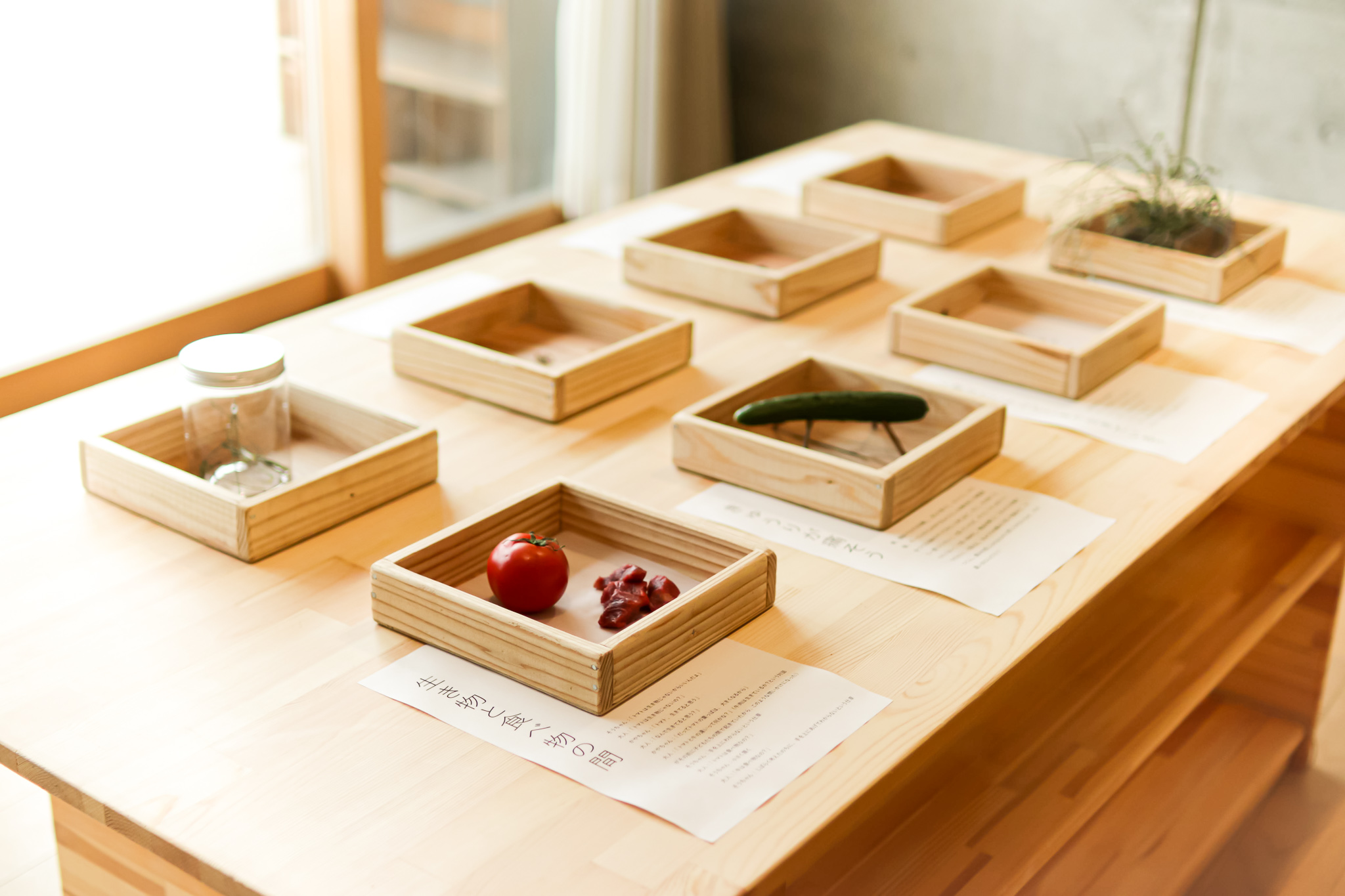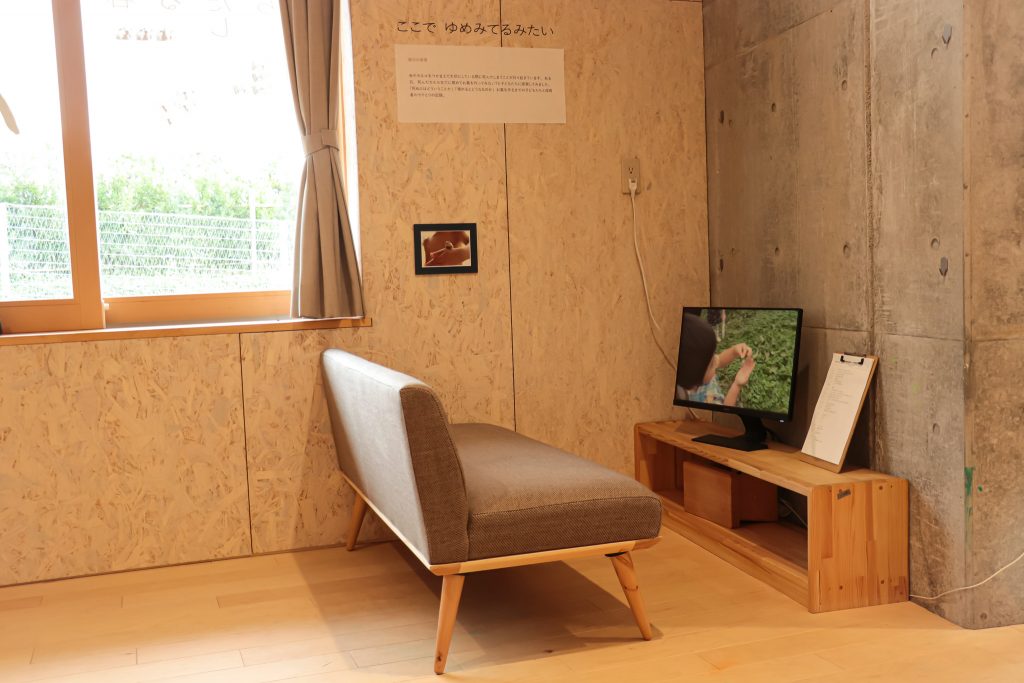
2019.11.01 Open Day Special 2:Life, Death and It’s Reality
Text : Ayumi Ono
Whenever I see a child tightly grasping a frog or a grasshopper, the word “kawaisou (that poor little thing…)“ repeatedly and unintentionally escapes my mouth. Despite my best efforts to simply stand back and observe how children grapple with the concepts of life and death, I end up intervening more than I should.
Where does my instinct to think “kawaisou” originate from? When talking with the other educators, I found that my reaction to things like death and loss is relatively strong. At the same time, I learned that the other members have vivid childhood memories of experiences involving taking the lives of living things. Tracing back through my memories, I came to have a sneaking suspicion that my sense of “kawaisou” might have come from what adults told me when I was a child, and that I grew into adulthood without having the experiences that would have allowed me to acquire a deep understanding of “what life is.”
To children, it may seem reasonable to think “This is dead, but it’s also alive” or “If something’s not moving or doesn’t grow bigger, it must not be alive.” Now that I’m more cognizant of the uncertainties in my own perception of what life is, I want to really examine what children are thinking whenever I notice a difference in our understandings.
Children’s sense of “what life is” is fluid and changes shape every day. Their own understanding is still being formed, and to build it up, they dash straight toward living things with curiosity. After realizing that, I started using the word “kawaisou” less and less.
This series of introspective discussions made me think about adults’ attitudes as well. Are we asking too much about children’s incipient awareness of life because we want to know what they’re thinking? Children transform, as do we—and this pursuit, I feel,
will continue ever on.















 PREV
PREV